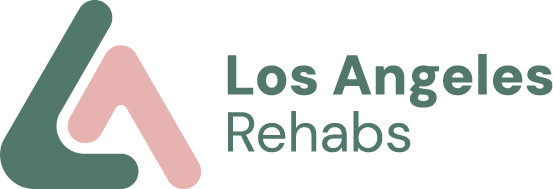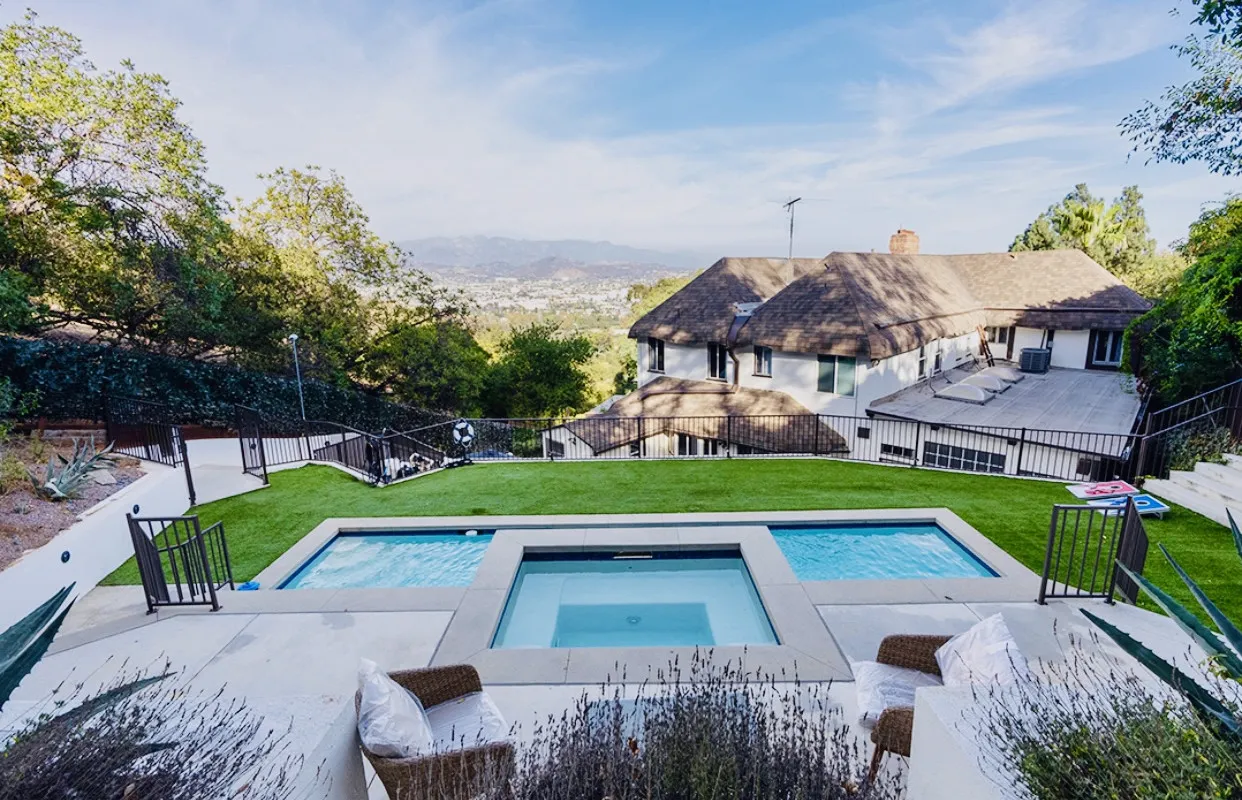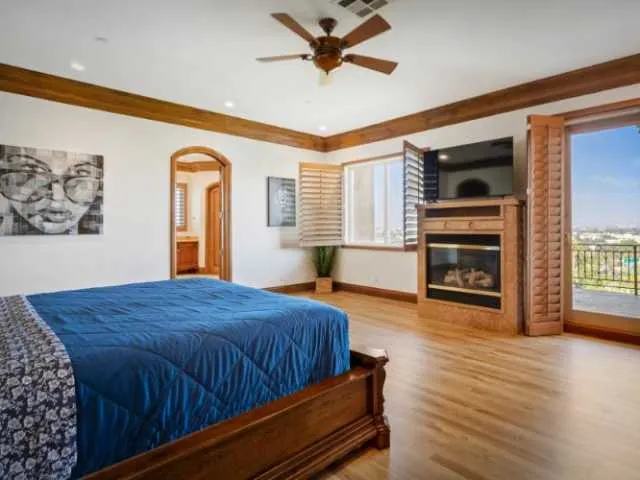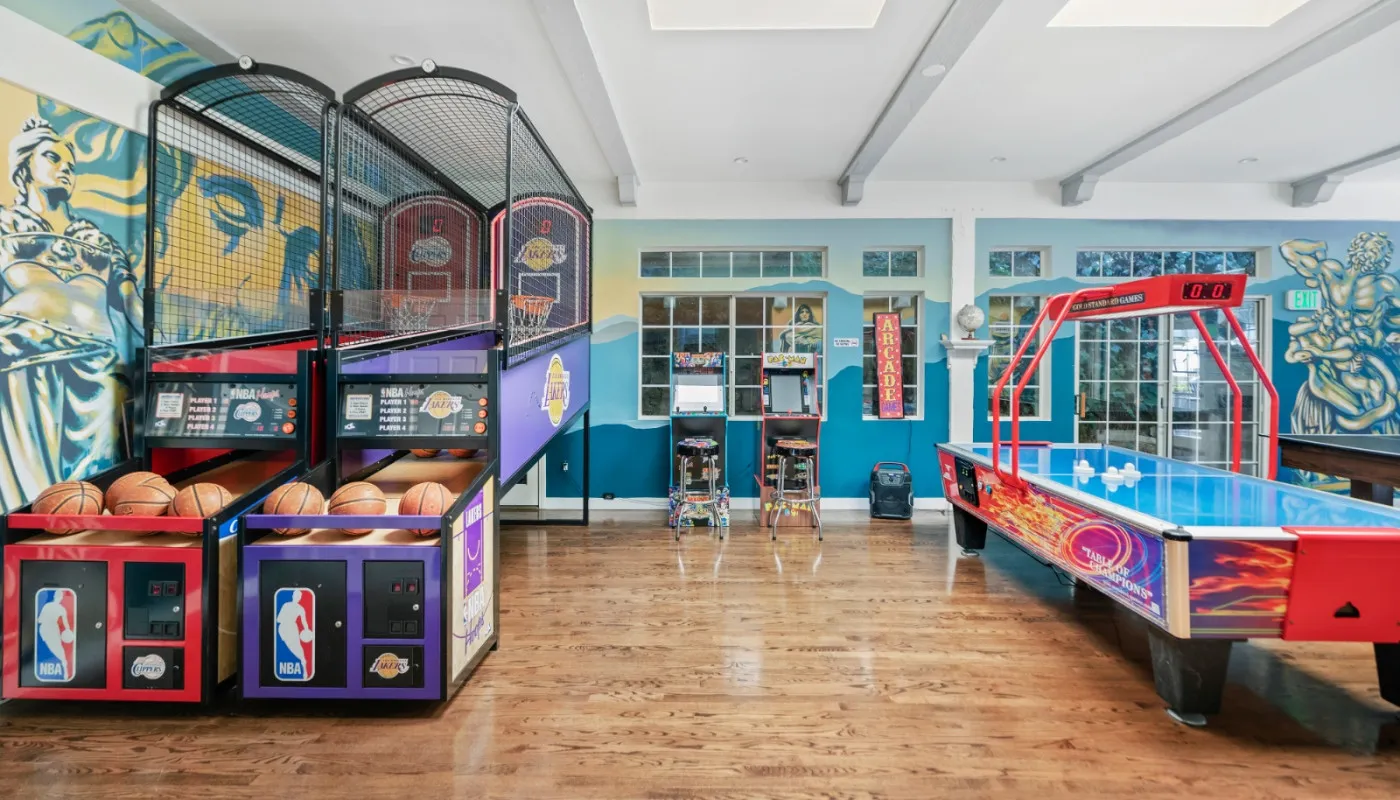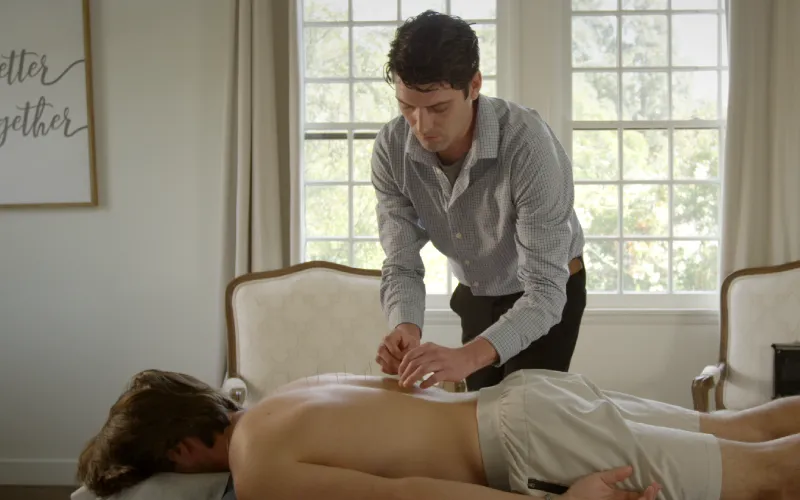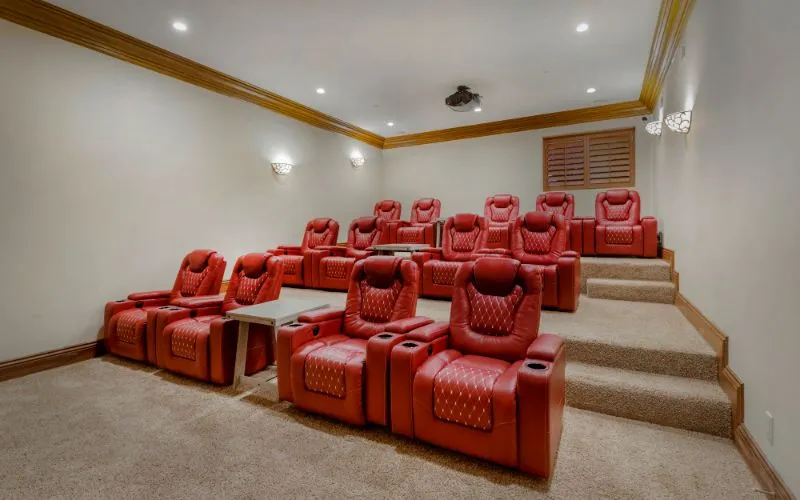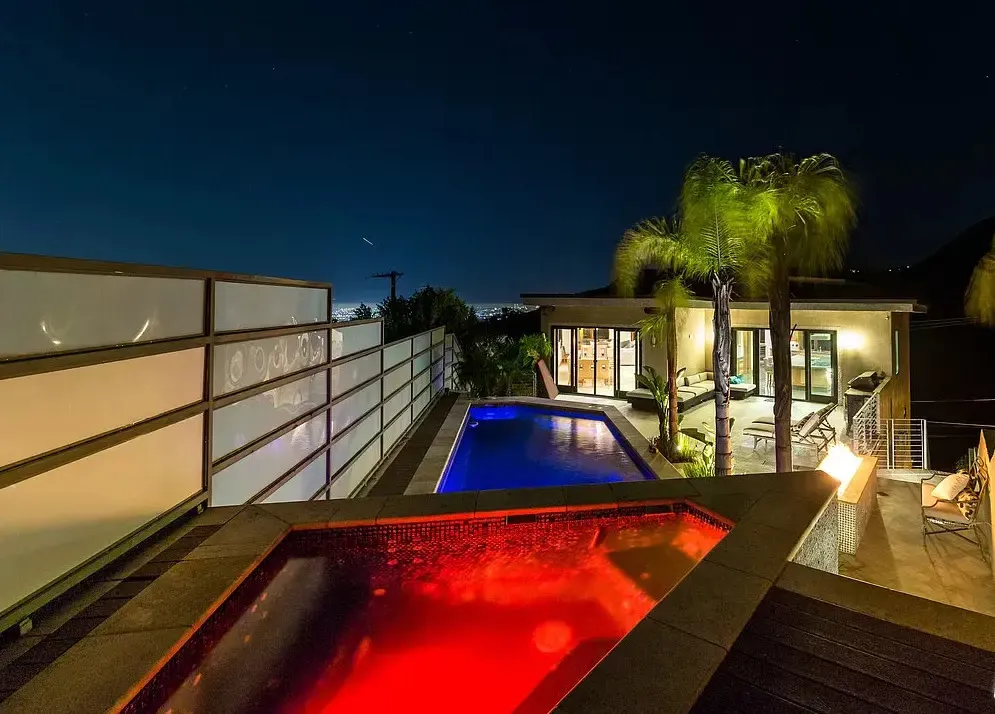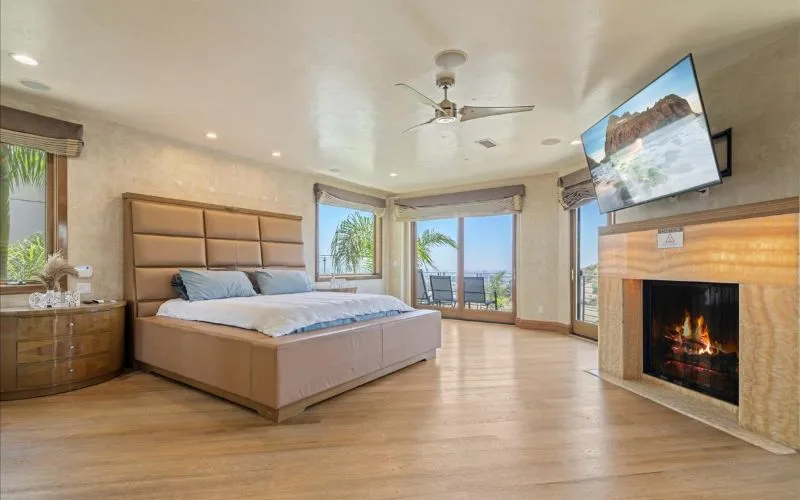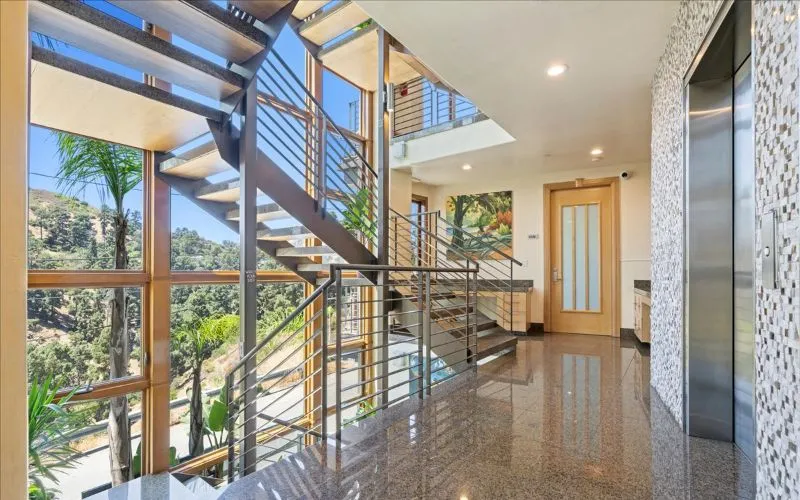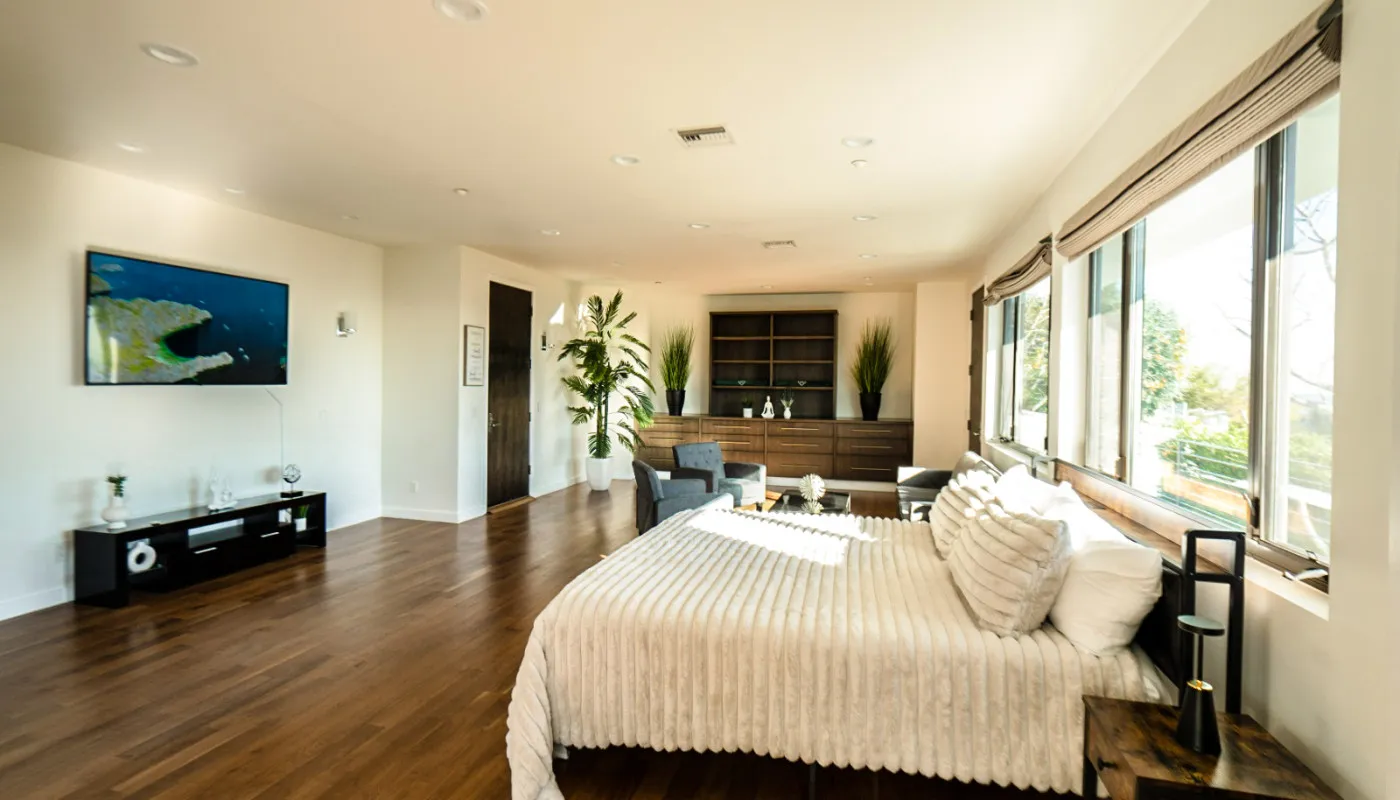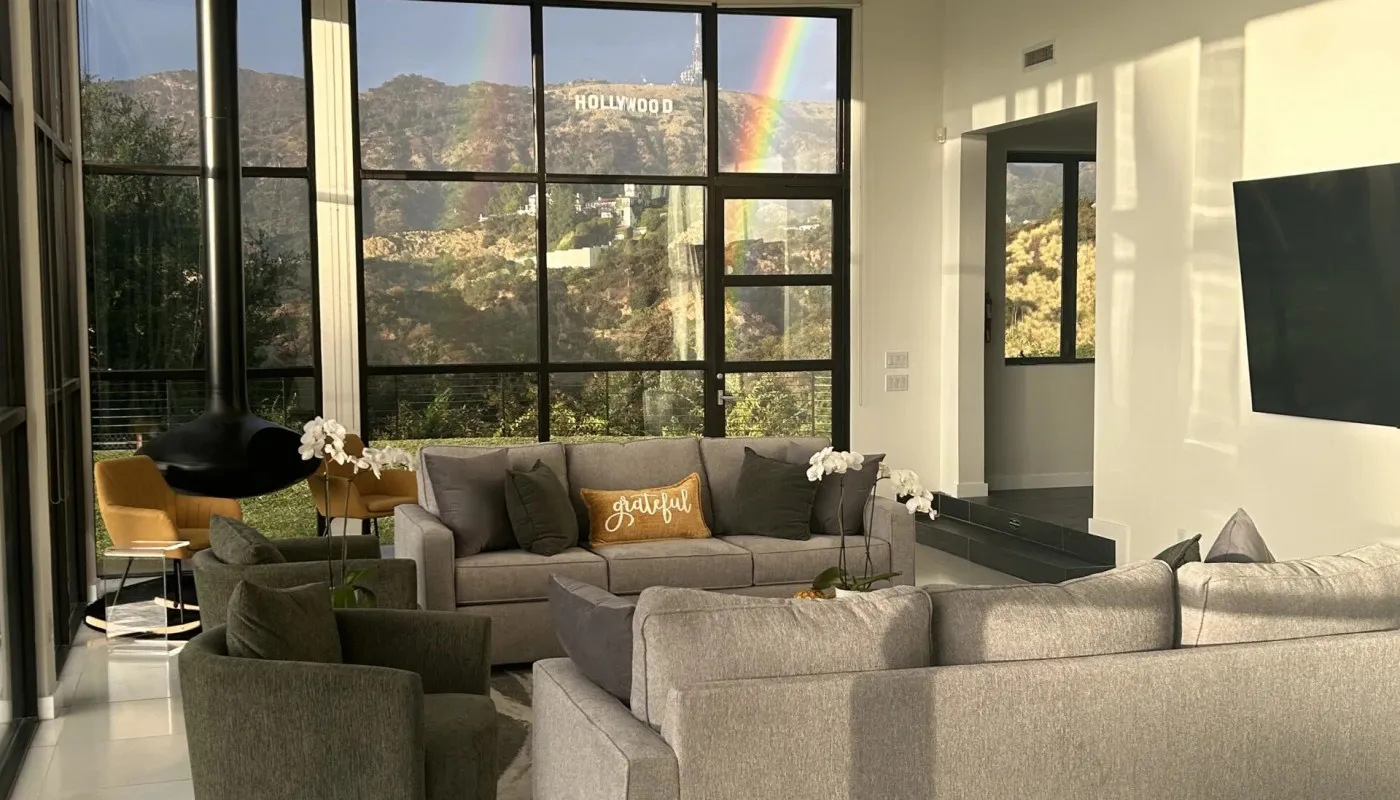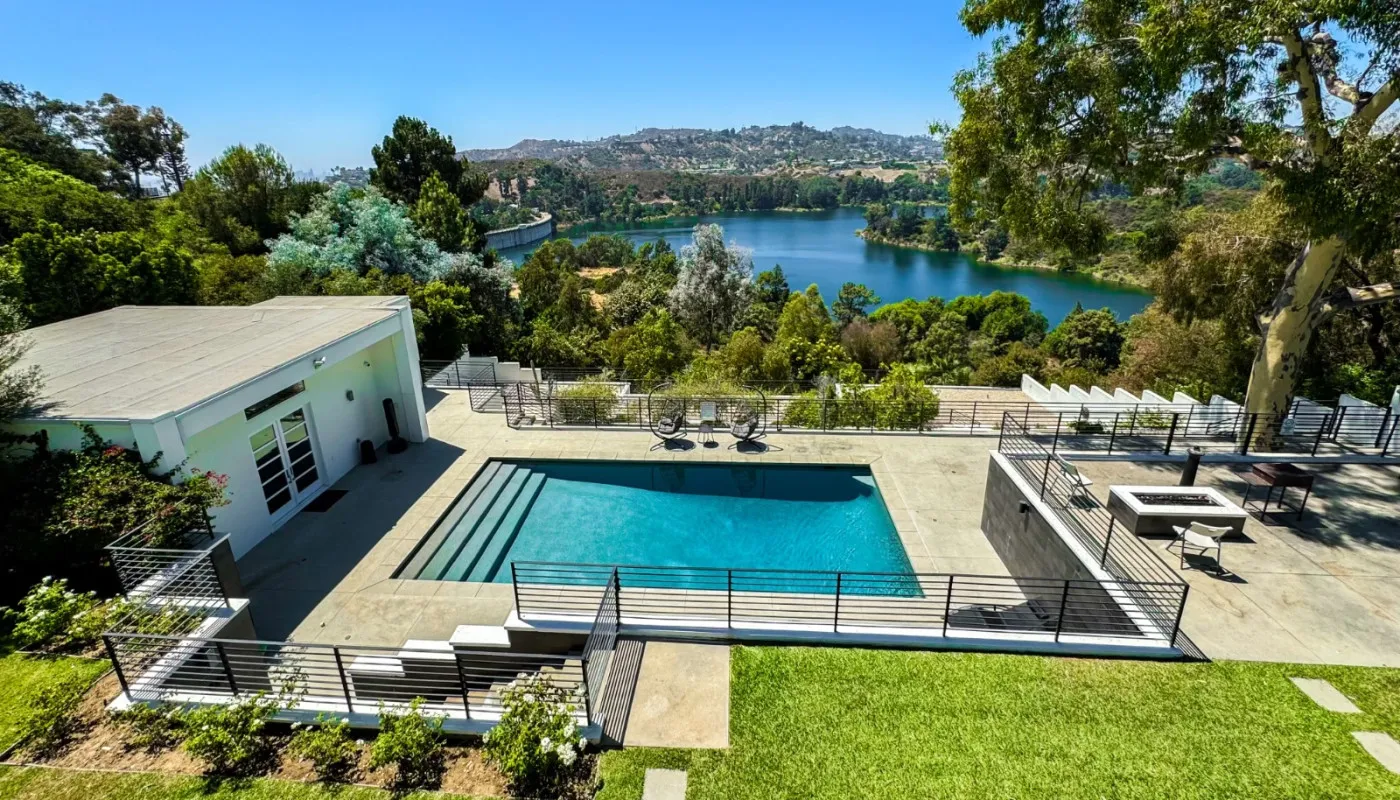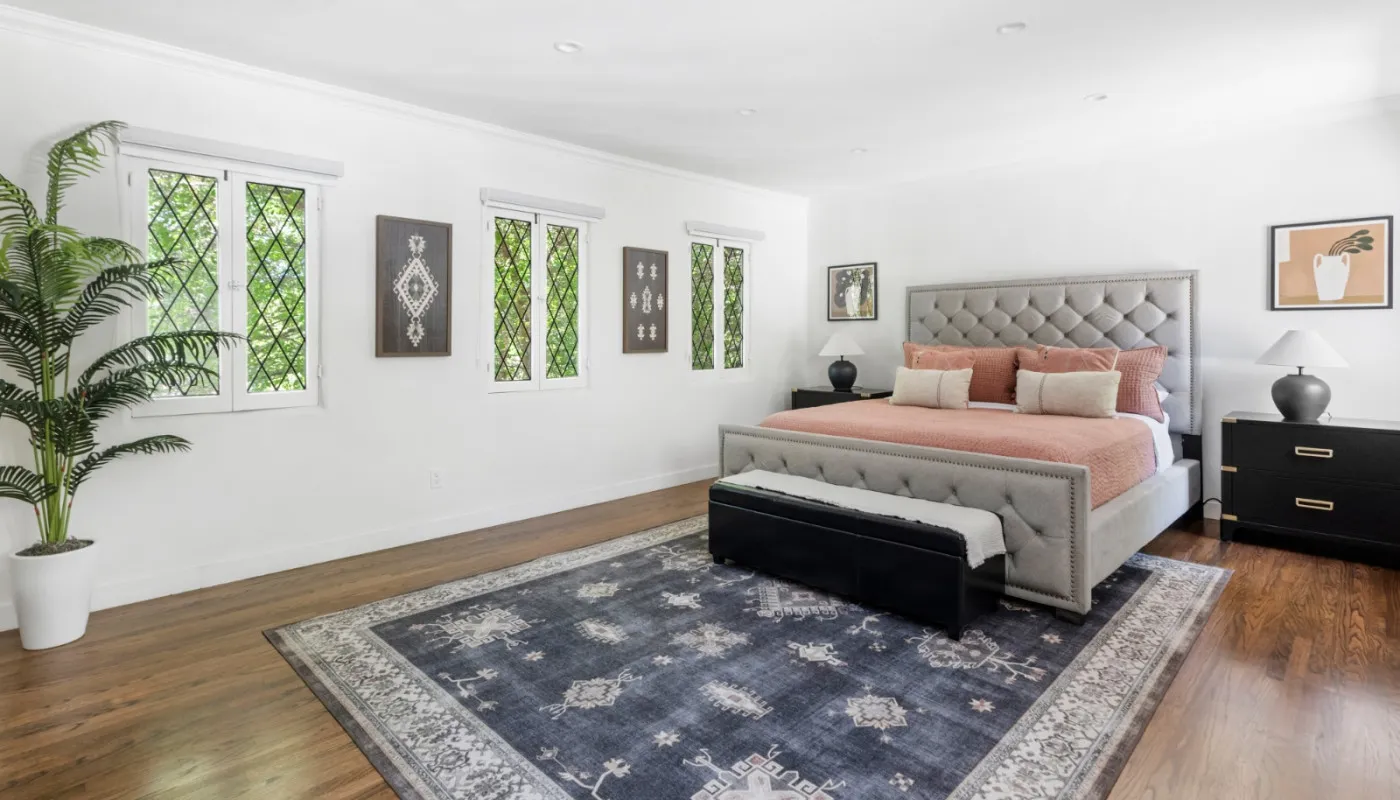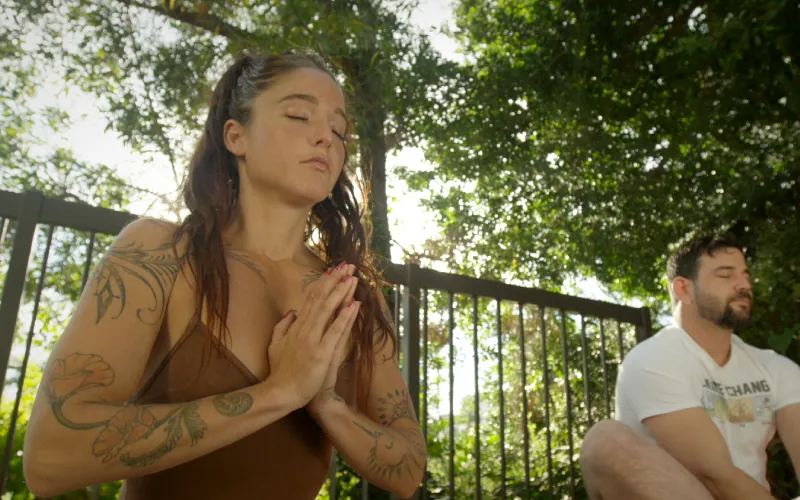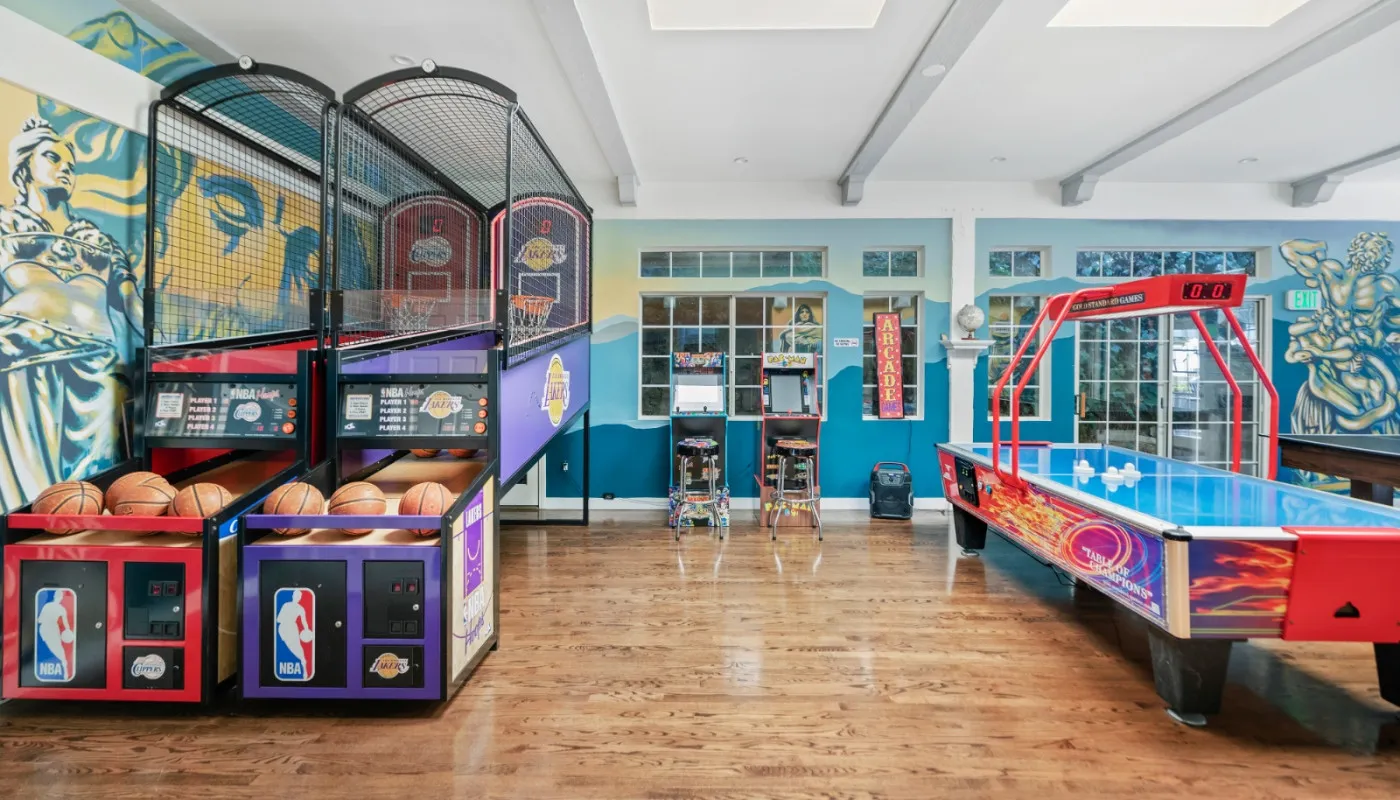
Table of Contents

The type of treatment program, location, length of program, and insurance will all affect the rehab cost. Generally speaking, inpatient live-in programs cost more than outpatient treatment. Prices can vary depending on whether you require certain treatments for drug or alcohol addiction or medical detox.
Whether you’re looking for a Los Angeles treatment center or services and amenities available within your county, this guide helps you compare the average cost of drug and alcohol addiction treatment to choose the best option for your needs.
Addiction in the United States
Drug and alcohol addiction costs the U.S. over $1 trillion annually in healthcare, crime, and lost productivity. Daily habits like a $6 six-pack of beer total $2,190 yearly, while cocaine ($112/gram) or heroin ($152/gram) add $40,880–$55,480 annually. Prescription opioids or meth range from $1,825 to over $38,000 yearly.
Treatment programs significantly offset these costs: every $1 invested in rehab saves $4–$7 in crime and healthcare expenses. Methadone maintenance ($4,700/year) costs far less than incarceration ($24,000/year) while reducing ER visits and hospitalizations by a 12:1 savings ratio.
The type of drug impacts treatment needs; opioids often require a medical detox to manage withdrawal risks. Programs that offer longer stays (90+ days) improve recovery outcomes, though even outpatient plans provide critical relapse prevention.
Treatment costs vary by program length, substance, and location, but directories simplify comparing verified centers for personalized care. Individuals gain stability by prioritizing going to rehab, while communities benefit from reduced crime and a healthier workforce.
Inpatient Rehab Costs
For extreme drug or alcohol addiction, inpatient treatment offers 24-hour residential care. Covering housing, food, treatment, and medical supervision, a regular 30-day program costs $6,000–$30,000. From $30,000 to over $100,000 monthly, luxury facilities provide private rooms, holistic therapies, and spa treatments. Depending on the degree of care required, longer stays (60–90 days) usually run $12,000–$60,000.
Location plays a big role in the cost of inpatient rehab treatment: institutions in high-cost regions like California can charge 20–30% extra for local charges. For 30 days, a Los Angeles inpatient program may run $10,000–$60,000; equivalent treatment in Midwest states averages $6,000–$25,000.
While coverage varies by provider, insurance coverage often includes inpatient care for alcohol and drug use problems. Always verify specifics with your insurance provider; some policies restrict stays or require pre-approval for programs involving drug misuse. Directories help you to fit your demands by simplifying the comparison of confirmed rehab facilities according to pricing, facilities, and services.
Outpatient Rehab Costs
For minor to severe drug or alcohol addiction, outpatient rehab lets patients live at home and offers flexible treatment. Basic packages run $1,400–$10,000 for three months, encompassing therapy sessions and medical check-ins.
For full-day treatment, structured options like partial hospitalization (PHP) run $350–$450 daily; intensive outpatient programs (IOP) range $3,000–$10,000 for 12 weeks of sessions (10–15 hours weekly).
Specialized drug abuse therapy aimed at cocaine addiction, alcohol use disorder, or co-occurring mental health problems drives higher costs. Following inpatient treatment, outpatient care frequently focuses on relapse prevention and life skills utilizing individualized treatment programs. Directories help to connect verified outpatient clinics by cost, program duration, and services to fit recovery objectives.
Medical Detox Costs
Medical detox manages withdrawal symptoms safely, with outpatient detox averaging $250–$800 per day. Inpatient programs typically include detox in their total cost. Detox expenses increase for substances like alcohol or opioids, which require closer monitoring due to severe withdrawal risks. Programs using medication-assisted treatment (e.g., methadone) or 24/7 medical staff often charge higher rates. Detox duration varies: 3–10 days for most drugs, extending to 14 days for long-term alcohol addiction.
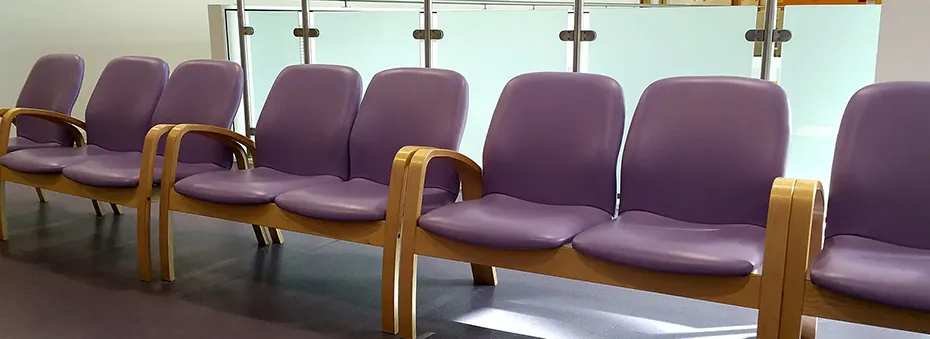
Factors Influencing the Cost of Addiction Treatment
Treatment Type
Inpatient rehab programs typically cost more than outpatient options due to 24/7 medical supervision, lodging, and structured care. Residential treatment averages $6,000–$30,000 monthly, while outpatient care ranges from $1,400–$10,000 for three months.
Intensive programs like partial hospitalization ($350–$450/day) or dual-diagnosis treatment for co-occurring mental health issues also increase costs. The level of care required, such as medical detox for alcohol addiction or methadone treatment for opioid use, directly impacts pricing.
Location of Rehab Center
Rehab centers in states with higher cost of living, like California or New York, often charge 20–30% more than national averages. Urban facilities may also have elevated rates compared to rural areas due to operational expenses. For example, a 30-day inpatient program in Los Angeles could cost $10,000–$60,000, while similar care in Midwest states might range from $6,000 to $25,000.
Amenities
Luxury rehab facilities with private rooms, spa services, or gourmet meals can exceed $100,000 monthly. On the other hand, standard addiction rehab centers focus on essential services like therapy and medical care, keeping costs between $6,000 and $30,000. Specialty programs offering equine therapy, fitness coaching, or acupuncture also raise the cost of addiction treatment.
Length of Stay
Longer treatment durations increase total costs: a 90-day inpatient stay averages $36,000 compared to $14,000 for 30 days. Extended care is common for severe substance use disorders or relapse prevention. Outpatient drug rehab programs often run for 3–12 months, with costs scaling based on the treatment plan and session frequency.
Medical Needs
Detoxification adds $1,000–$5,000 monthly, especially for alcohol or opioids requiring supervised withdrawal. Medication-assisted treatment (e.g., methadone or naltrexone) may cost $4,700 annually. Facilities with onsite medical staff or specialized therapies for prescription drug addiction also charge premium rates compared to those without.

Paying for Rehab Treatment Without Insurance
State-Funded Programs
State-funded rehab programs provide free or low-cost addiction treatment for eligible individuals. Eligibility depends on income, residency, and addiction severity, with priority often given to pregnant women or those with no access to private care.
These programs, supported by federal grants like SAMHSA’s Substance Use Prevention and Treatment Block Grant, cover detox, outpatient therapy, and residential treatment options.
While waitlists may exist in high-demand areas, they remain a critical resource for uninsured individuals. Facilities in states like California or New York often have expanded options due to higher funding allocations.
Sliding-Scale Fees
Some inpatient and outpatient rehab centers adjust costs based on income through sliding-scale pricing. Fees are calculated using factors like household size, expenses, and adjusted gross income (often verified via tax documents).
For example, a family of four earning $40,000 annually might pay $2,000 for a three-month outpatient program, while higher earners pay more. This model ensures affordability for those struggling with addiction but lacking insurance plans.
Nonprofit and community-based facilities frequently offer this option, though availability varies by location.
Payment Plans
Many addiction recovery centers allow uninsured patients to split costs into monthly installments. For instance, a $15,000 inpatient stay could be divided into 12 payments of $1,250. Plans may require a down payment (e.g., 20%) and credit checks, but others offer no-interest options for qualifying individuals.
Some facilities provide tailored plans, making $6,000–$30,000 inpatient addiction treatment programs more manageable. Always confirm terms directly with the treatment provider to avoid hidden fees.
Grants and Scholarships
Nonprofits and charities offer financial aid for substance abuse treatment. The Salvation Army, SAMHSA, and 10,000 Beds provide grants covering partial or full rehab costs. Scholarships often target specific groups, such as veterans (via VA benefits) or low-income parents.
Applications typically require proof of income, residency, and a referral from a healthcare provider. These resources help reduce outpatient costs and inpatient stays for uninsured individuals.
Cost Ranges for Uninsured
Outpatient rehab averages $1,400–$10,000 for three months, while 30-day inpatient programs range $6,000–$30,000. Luxury facilities exceed $60,000 monthly. Medical detox costs $250–$800 daily, with opioid or alcohol detox at the higher end due to intensive monitoring.
Rural areas often have cheaper options, e.g., Midwest inpatient centers average $6,000–$20,000 versus $10,000–$60,000 in Los Angeles. Sliding-scale fees and state programs can lower these amounts significantly.
By Learning the Cost of Rehab, You Can Find The Right Path to Recovery
Understanding rehab costs helps narrow options for drug or alcohol addiction treatment. Directories simplify this process by showcasing verified Los Angeles facilities with transparent pricing, services, and patient reviews. Filter centers by treatment type (inpatient/outpatient), amenities, or insurance-free options like sliding-scale fees.
Compare detox costs, therapy approaches, and program lengths side by side to align with both health needs and budget. Whether prioritizing medical detox for severe withdrawal or flexible outpatient care, directories provide objective insights to make informed decisions about your spending on drug or alcohol rehab. Start exploring tailored options today to find a rehab center that fits your recovery goals.
